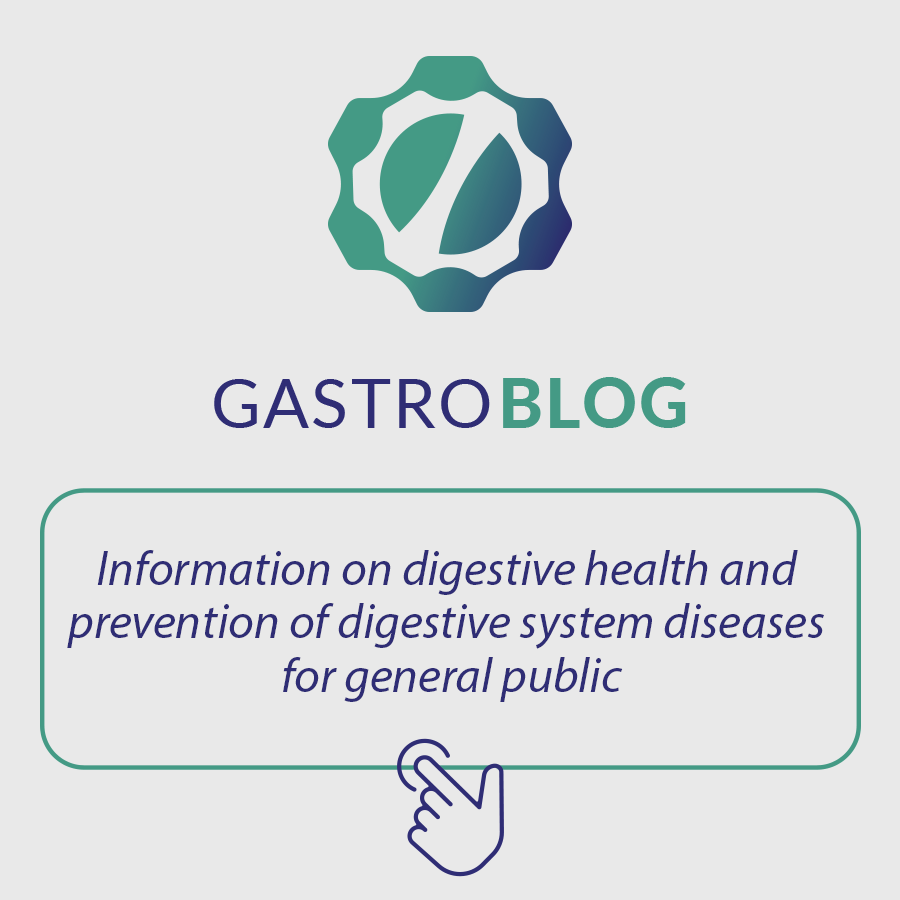LATEST ARTICLES
-
GastroenterologyStomach
How to treat Helicobacter pylori? Understanding how to choose the first-line scheme
The Helicobacter pylori (H. pylori) is the most prevalent chronic bacterial infection in the world, affecting more than half of the population. It is associated with chronic gastritis, which can …
-
Insulinoma is the most frequent functioning pancreatic neuroendocrine tumor (55%), with its peak occurrence in patients in their fifth decade of life (between 40 and 50 years) and a slight …
-
GastroenterologyLiver
Hepatic nodule detected by ultrasonography: step by step of when and how to investigate
When we come across an ultrasound (USG) describing a focal liver lesion, we should organize the reasoning of when and how to investigate the described lesion: is it a focal …
-
GastroenterologyLiver
What should we know about transient hepatic elastography and its application in Non-alcoholic fatty liver disease?
Non-alcoholic steatohepatitis (NASH) corresponds to the group of patients with non-alcoholic fatty liver disease (NAFLD) who present, in addition to predominantly macrovesicular steatosis, with hepatocyte ballooning, lobular inflammation, liver fibrosis, …
-
The mucinous cystadenoma (MCN) is a cystic lesion, mucin-producing, almost exclusively found in women, in a ratio of 20:1. The peak incidence is in the 5th decade of life. The …
-
A 65-year-old male patient, underwent Vertical Gastrectomy in 2017 for the treatment of Morbid Obesity. Lost follow-up during the COVID-19 pandemic, having only done a follow-up endoscopy in the first …
-
Gastroesophageal Reflux Disease (GERD) is quite common in the general population, with a prevalence of 10 to 20%. In patients with obesity, this prevalence can be double. The mechanisms involved …
-
Colon obstructions can be mechanical or non-mechanical and constitute about 25% of all intestinal obstructions. Among the mechanical causes, the most common are: obstructive tumor in the colon or rectum …
-
Pancreatic cysts are, in most cases, incidental findings of imaging exams. It is estimated that about 3-14% of people undergoing abdominal exams have some pancreatic cystic lesion as a finding. …
-
Autoimmune Pancreatitis (AIP) is one of the possible causes of chronic pancreatitis, which presents with inflammatory infiltrate in the gland and progressive fibrosis, which can lead to pancreatic insufficiency (1). …
-
EsophagusGastroenterology
Endoluminal Functional Lumen Imaging Probe (EndoflipTM): understanding the technology and its potential uses
The EndoflipTM is an innovative technique that uses impedance planimetry technology to assess the distensibility of gastrointestinal organs. Despite being developed in 2009, its use is still restricted to research environments …
-
Fecal microbiota transplantation (FMT) or fecal transplant involves the infusion of feces from a healthy donor into the gastrointestinal tract of a patient who has a disease related to alteration …
-
Introduction The incidence of neuroendocrine tumors of the pancreas is increasing, possibly due to more frequent imaging tests and the quality of these tests. However, their prevalence is fortunately still …
- 1
- 2


